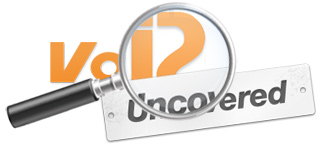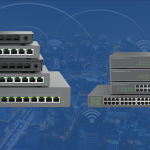Sangoma Technologies Corporation (TSX VENTURE:STC), a leading supplier of hardware and software enabling server-based voice and data communication applications, today announced at Elastix World in Ecuador, where it is a lead sponsor of the show, the launch of the D500 voice transcoding card. Part of a new series of transcoding cards from Sangoma, the D500 enables up to 2,000 simultaneous sessions of voice transcoding per card, making it the highest density transcoding card available today.
“The D500 is very useful for companies and network operators that host IP PBX, call centers and VoIP services, where there is a great need for high port density,” said Doug Vilim, Vice President at Sangoma and a leading speaker at Elastix World. “The product is receiving a tremendous reaction from the market and we’re already getting a very high level of interest from customers all over the world.”
The D500 is both standalone and accessible via IP networks. This means it can be installed in the same server where your telecom applications run or it can be pooled in dedicated transcoding server farms for maximum deployment flexibility. Either way, the voice transcoding processing is performed on the card, freeing up the host CPU to do other tasks. Most IP telephony applications require the use of multiple types of voice codecs, which are used to digitally compress the voice signals. This can be done to save bandwidth by using G.729 codecs or to enhance the voice signal by using HD codecs (such as G.722.1). As more and more VoIP networks get deployed and interconnected, there are instances where there will be mismatches of codec capabilities between two endpoints, creating the need to transcode (mediate and adapt between various codecs).
The D500 card, available in a compact PCIe form factor, offers developers and integrators the ability to convert up to 2,000 sessions on a single board and supports a long list of codecs such as G.711, G.723.1, G.729ab, HD Voice (G.722.1) GSM and AMR. Moreover, these codecs are generally indemnified, meaning there are no additional costs other than the price of the D500 hardware.
“The D500 card from Sangoma is really unique in that it opens up a whole new set of opportunities for application developers using computer telephony as their platform for development,” said Regis du Manoir, VP of business development at Dip International, a company that represents manufacturers that specialize in highly integrated semiconductors and board solutions for major markets such as communications, VoIP and Video over IP. “With this kind of port density, and with the headaches of codecs licensing removed, it makes it much easier for integrators to address large scale deployments.”
The new transcoding portfolio from Sangoma is used on both open source and proprietary applications. In the open source world, the D500 software drivers (like those of Sangoma’s other transcoding cards), provide “plug-and-play” capabilities for both Asterisk® and FreeSWITCH®, two leading open source telephony projects. With the compatible drivers, the open source telephony platforms can use the D500 cards as seamless voice transcoding resources. This means that existing Asterisk and FreeSWITCH applications can readily start leveraging the D500 capabilities. Further, the open source telephony software can be used as a gateway or session border controller to provide network-based transcoding services.





